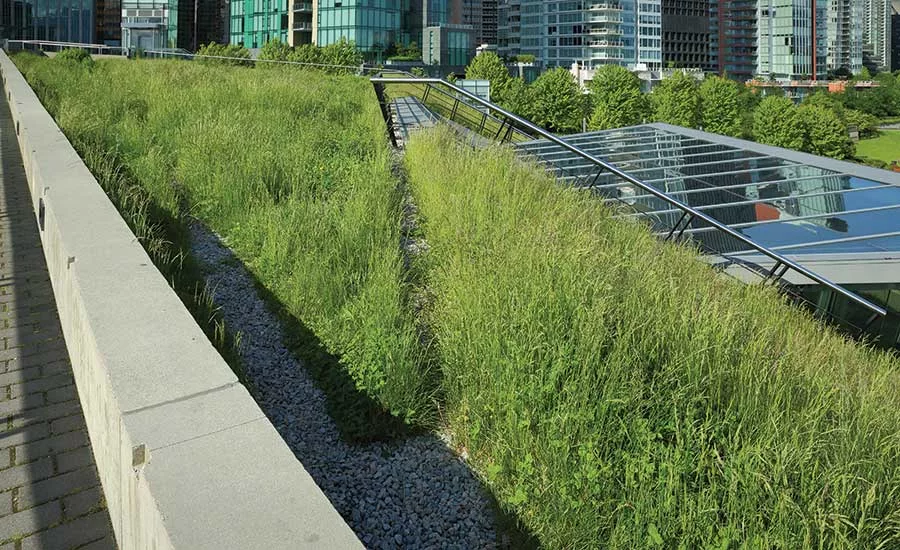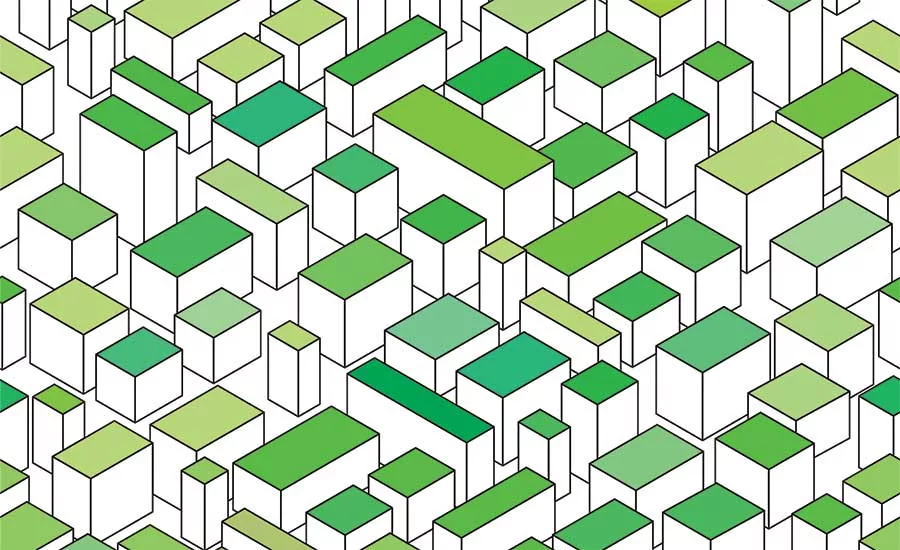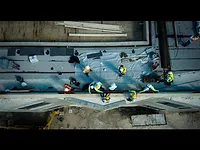Bringing Green Solutions to the Roofing Contractor
The roofing industry needs to continue to support environmentally-centered roofing solutions and broader acceptance.

From the mid 90’s until today, sustainability in roofing continues to evolve from an incentive to an imperative in light of legislation such as Denver’s Green Roof Ballot Initiative and California’s rooftop solar panel mandate, both passed in 2018.

From the mid 90’s until today, sustainability in roofing continues to evolve from an incentive to an imperative in light of legislation such as Denver’s Green Roof Ballot Initiative and California’s rooftop solar panel mandate, both passed in 2018.
From the mid 90’s until today, sustainability in roofing continues to evolve from an incentive to an imperative in light of legislation such as Denver’s Green Roof Ballot Initiative and California’s rooftop solar panel mandate, both passed in 2018. This increased focus on sustainable offerings spans industries as businesses and consumers around the world work together to shape the world’s future.
With this continued emphasis on sustainable design in commercial buildings, the roofing industry must provide its communities, including architects, contractors and building owners, with innovative and sustainable solutions. This includes vegetative roofs, low Global Warming Potential (GWP) assemblies, longer life cycle products, resilient roof systems, and other traditional eco-friendly options. Roofs today must be built with product life-cycles in mind to ensure they are sustainable for the duration of their respective service-life and able to be replaced as the need arises.
Previously aspirational goals, such as ensuring sustainability and energy efficiency, are no longer aspirational. They are desired and, in some cases, mandated.
Roofing contractors and manufacturers have an opportunity to work hand-in-hand to develop solutions and provide architects and building owners with innovative and durable options to ensure they meet the needs of their building today, but still have the longevity to meet future building needs. How can products and industry practices contribute to this effort?
Making the Roof Work for the Building
The roof plays a significant contributing role in a building’s sustainability. One of the very visible choices is vegetative roofing systems. They act as a surface temperature regulator during hot and cold days while also contributing to site storm water management for rainy days. In addition, the vegetation provides a carbon offset by producing oxygen through photosynthesis and offers a functional and aesthetically pleasing way to decrease a building’s environmental footprint. By including composite roof pavers in the vegetative roof design builds, you are not only using a recycled product, but also driving design principles which connect the built environment to nature.
According to the U.S. Dept. of Energy Office of Energy Efficiency and Renewable Energy, buildings are the largest energy-consuming sector in the American economy, significantly impacting both the environment and a building owner’s bottom line. Roof assembly can make a difference in decreasing energy use through a variety of environmentally-friendly solutions:
Beyond the exterior of the roof, insulation can be a more impactful solution that contributes significantly to a building’s energy efficiency. It is estimated that more than 20 percent of energy loss is through the roof, according to the Carbon Trust Building Energy Efficiency and Building Fabric Guide. Enhanced insulation formulations with increased R-values in colder weather can directly impact energy efficiency and result in major cost savings as well as reducing the carbon footprint over the building life cycle.
Utilizing solar panels on a building’s roof is another way to harness natural resources for energy efficiency gains. Beyond just deriving usable energy from the sun, solar panels also help combat greenhouse gas emissions. Properly installed solar energy systems can last up to 20 years, ensuring the benefits of solar panels can be realized consistently over time. Additional benefits can be realized through state and federal incentives building owners are offered if they incorporate solar panels into their roofs.
By leveraging high-performance skylights into the design, architects and building owners can achieve a greater connection to the natural environment by harnessing high-quality natural light. Interior spaces will receive the light they need while also saving on energy costs by simply turning off interior lights during the day.
Roof coatings can help extend an existing roof’s life cycle, reducing the overall environmental impact of the building. When using a light color, a coating or roofing membrane can also contribute to energy savings in a particularly hot climate.
Sustaining the Workforce
As the qualified labor pool continues to shrink, manufacturers and suppliers need to foster a sustainable workforce by producing solutions that help reduce the labor needed to install and maintain the roofs. Examples of this type of production are self-adhered membranes.
Advancements in self-adhered membrane technology over the last several years have also changed the way roofing contractors manage their workforce. With low to no volatile organic compounds (VOC) and the inherent reduction of adhesive pails during installation, contractors are able to complete projects on occupied buildings with less waste and fewer hazardous materials to transport. These improvements make installation more efficient for workers, which enable contractors to take on more projects during the season.
Developing a full portfolio of products that work for contractors and the environment is key.
Implementing Manufacturer Sustainability
Beyond providing solutions that encourage eco-friendly buildings and an engaged workforce, manufacturers must implement sustainability initiatives throughout the development process. Outside of investing in habitat development and diverting waste from landfills, Firestone Building Products has made an increased effort to streamline operations and increase research and development focused on improvements in traditional products.
Firestone has implemented more than 40 energy efficiency projects resulting in a 7 percent reduction of energy usage since 2012. Additionally, research and development teams have updated products to reduce the number of volatile organic compounds emitted during the installation process. The entire industry must approach sustainable solutions with a holistic lens.
The adoption of environmentally centered roofing solutions has wavered through the years. Sometimes driven by economics, sometimes driven by regulation, what used to be a fad is now a long-term trend positioned for growth. The roofing industry needs to continue to support these trends and the acceptance of these solutions. Not only are they good for the environment but, in many cases, contractors will find that these solutions are also easier and faster to install onsite, resulting in higher productivity and a more stable workforce.
Looking for a reprint of this article?
From high-res PDFs to custom plaques, order your copy today!





